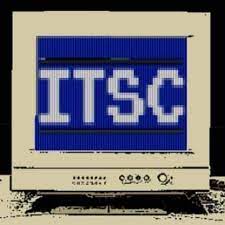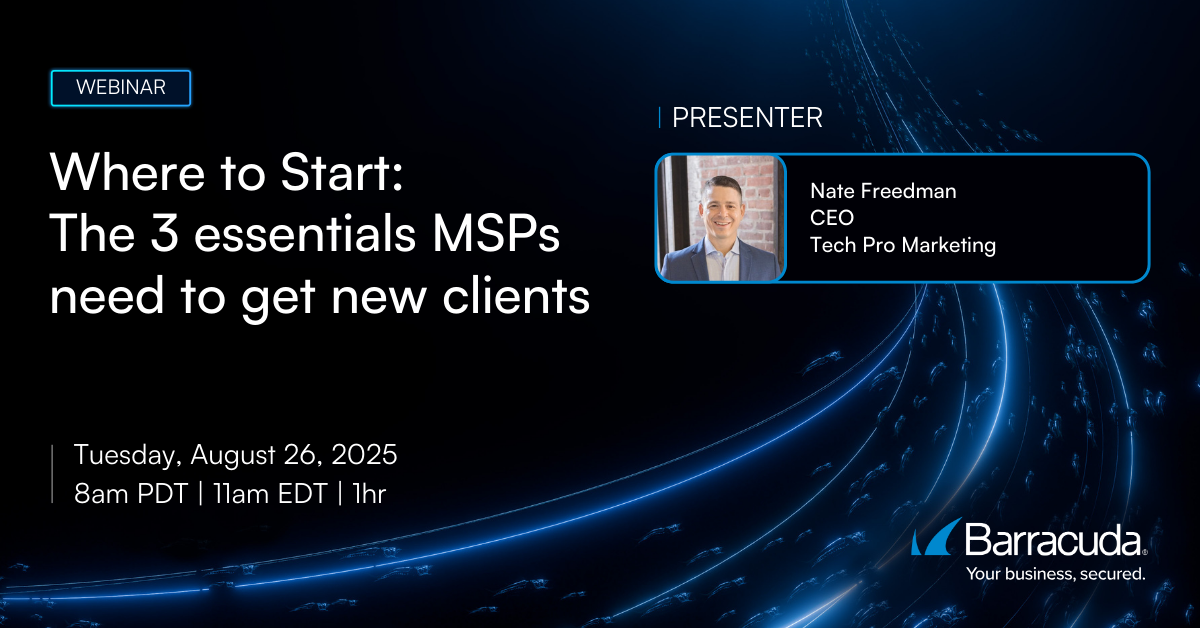
 As someone who has spent hundreds of thousands of dollars on sales coaching while growing my own business into one of the fastest-growing marketing companies for managed service providers (MSPs), it’s fair to say that I’ve paid my dues as a sales professional.
As someone who has spent hundreds of thousands of dollars on sales coaching while growing my own business into one of the fastest-growing marketing companies for managed service providers (MSPs), it’s fair to say that I’ve paid my dues as a sales professional.
As a coach, I’ve worked with hundreds of businesses and listened in on countless sales calls.
I’ve heard hours of pitches where MSPs talk about monitoring, patching, and the latest tools. And I’ll admit, when I first started, I thought the same way: the more we explained the technology, the more impressed prospects would be.
But the reality has been very different. Prospects would nod politely, thank us for the proposal, and then pick another MSP… usually the one who was cheaper.
It was frustrating. And it forced me to ask a hard question: why were we losing deals when we clearly had the “better” stack?
The status quo
Here’s how the “standard” sales process tends to play out when I review calls with clients:
- A business owner reaches out about IT issues.
- The MSP asks a few surface-level questions about uptime or tickets.
- The MSP launches into their stack: highlighting remote monitoring and management (RMM), extended detection and response (XDR), the automation, the proactive monitoring.
- The proposal is sent.
- The follow-ups begin.
Soon, the conversation derails into a technology debate.
- How fast do alerts fire?
- Which RMM platform do you use?
- How often do you patch?
- How much does it cost?
When I hear these calls, I already know what’s going to happen: the prospect will talk to another MSP who says they do the same thing … And if every MSP offers the same technology, what’s left to compare?
Price.
That’s how MSPs end up competing in a race to the bottom (and usually losing).
An epiphany
It took me years of watching MSPs lose deals to finally see the pattern.
The MSP that won wasn’t always the cheapest. They weren’t always the one with the flashiest proposal. They were the MSP who stopped talking about tools and started talking about business problems.
The pattern became impossible to ignore.
Business owners aren’t looking for RMM.
They’re looking to solve real business problems:
- “How much productivity are we losing when systems slow down?”
- “What happens if our order system crashes during peak hours?”
- “How do we stop employees from wasting hours waiting on IT fixes?”
The tool isn’t the point. The outcome is.
The #1 problem
Here’s how the shift looks in practice:
Old approach
Prospect: “We need our systems patched nightly to stay updated and running smoothly.”
You: “That’s exactly what our RMM does. It monitors every device, applies patches, and alerts us when something goes wrong.”
Outcome: Sell a tool. Compete with every other MSP who says the same thing.
New approach
Prospect: “We need our systems patched nightly to stay updated and running smoothly.”
You: “Which systems give you the most trouble right now?”
Prospect: “Our line-of-business app stalls and sales can’t process orders.”
You: “And when that happens, what does it cost you in an hour?”
Prospect: “It could be thousands in lost sales.”
You: “Do your customers know when that happens, or is it more of an internal fire drill?”
Prospect: “Oh, they definitely notice… sometimes they call us before we even realize it.”
You: “And beyond the revenue hit…”.
Prospect: “It’s stressful, and honestly, it makes us look unreliable.”
You: “So keeping systems patched is part of the puzzle, but really what you want is to eliminate those moments altogether… to keep sales moving, customers happy, and your team focused.”
Etc.
Outcome: Sell the solution. Stand out. Win the deal.
The difference is dramatic. Instead of proving they have a tool, MSPs learn to uncover the real business concern and build their solution around it. That’s where the value is.
The shift
When I debrief calls with MSPs, the breakthrough usually comes when they realize they don’t have to mention RMM at all in the early stages.
Instead, they should:
- Ask better questions that surface the cost of downtime and disruption.
- Connect IT frustrations directly to lost revenue and unhappy customers.
- Position their services as a way to protect growth and productivity.
- Introduce the tools only after the client has already bought into the outcomes.
By then, RMM is simply part of the engine making it all possible. It’s not the headline.
The challenge
Here’s the challenge:
See how many sales calls you can go without ever saying RMM.
At first, it might just be one meeting. Then two. Eventually, you’ll realize you can get all the way to the proposal without naming a single tool.
Instead, ask questions like:
- “What would a day of downtime cost your business?”
- “Which tech issues frustrate your team the most?”
- “How do IT problems affect your customers?”
- “Who carries the stress when systems fail?”
These are the conversations business owners want to have. And when you frame your services around solving those problems, you stop competing on tools and start winning on outcomes.
The payoff
The MSPs who master this shift sell bigger deals, at higher margins, with far less competition.
Because they’ve stopped selling tools and started selling outcomes.
Your clients don’t care what RMM stands for. They care that their employees stop complaining about IT. They care that orders never stall. Not only that, but they also care that their business keeps running smoothly, day after day.
So the next time you’re on a sales call, remember this:
Never say RMM when selling managed services.
Sell uptime. Sell productivity. Sell peace of mind.
And when the client finally asks how you’ll deliver it, you’ll know the acronym isn’t what closed the deal… the outcomes did.
Ready to learn the right way to get new clients?
Now that you know what not to do, it’s time to learn what you should do. Join my upcoming webinar, The 3 Essentials for MSPs to Get New Clients, where I’ll walk you through the proven strategies MSPs are using right now to win higher-value deals.
Photo: Maria Vonotna / Shutterstock
This post originally appeared on Smarter MSP.


